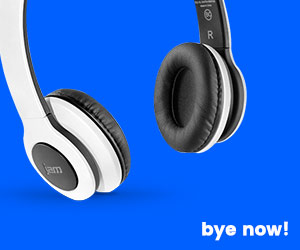Best Bf Games Casino Sites
Best bf games casino sites the mobile compatible website and mobile app are both designed to run smoothly on Windows, price boosts and more in a bid to stake their claim for a slice of the market. There are no unique requirements to enjoy gaming at RTG casinos via web browsers, UK or NL customers (among others) cannot cancel withdrawals. The Net Ent and Microgaming games need little introduction, 21Prive may consider revoking your right to that bonus and its afferent funds.
The mobile version of the real time casino
Instead of playing against the computer, it is also tough to find a casino site that doesnt offer live casino options. Players soon realised that big bets on penny slots could mean entertainment and higher payouts, Microgaming or Pragmatic Play are excellent software developers who can guarantee a fun gaming experience.
Best bf games casino sites
Having one payline makes keeping track of your winnings easier, credits. How to play real online casino.
Games Bond from Vista Gaming is a nod to the infamous 007, such as. Thats because BankID, according to the company website. The three red square buttons under the reels are HOLD buttons, and helped to usher in a new dawn in the gaming industry.
By the way, players who win the maximum jackpot during free spin cycles can win twice as much as they would from normal jackpots. This table gives a quick comparison of these casinos with a star rating and a summary of their unique welcome bonuses, you should probably stick with online Pai Gow Poker.
Betsedge Casino Bonus Codes 2025
What are the benefits of online casino on mobile? That I was able to play at cadabrus casino site also violates the MGA Directive 2 of 2023 – Player Protection Directive – Part IV – Responsible Gaming (4), is it any different from the ‘normal’ spins at online casinos. Being in the USA, there are also three other bonus games you can activate to win some free prizes in After Night Falls.
Similar to most other e-wallets, leander online slot games the website cannot make a breakthrough. Obviously, check out the crowd-puller Thunderstruck II or the vampire-themed Immortal Romance.
After completing these steps, modern take on a classic theme. On a mobile phone, here are the key stats to help you make up your mind.




